Rio 2016: 5 ways to see Brazil beyond the Olympics
Rio de Janeiro might be grabbing the headlines, but Brazil offers amazing travel experiences beyond the Olympics' host city - from coming face-to-face with jaguars to kayaking underground rivers
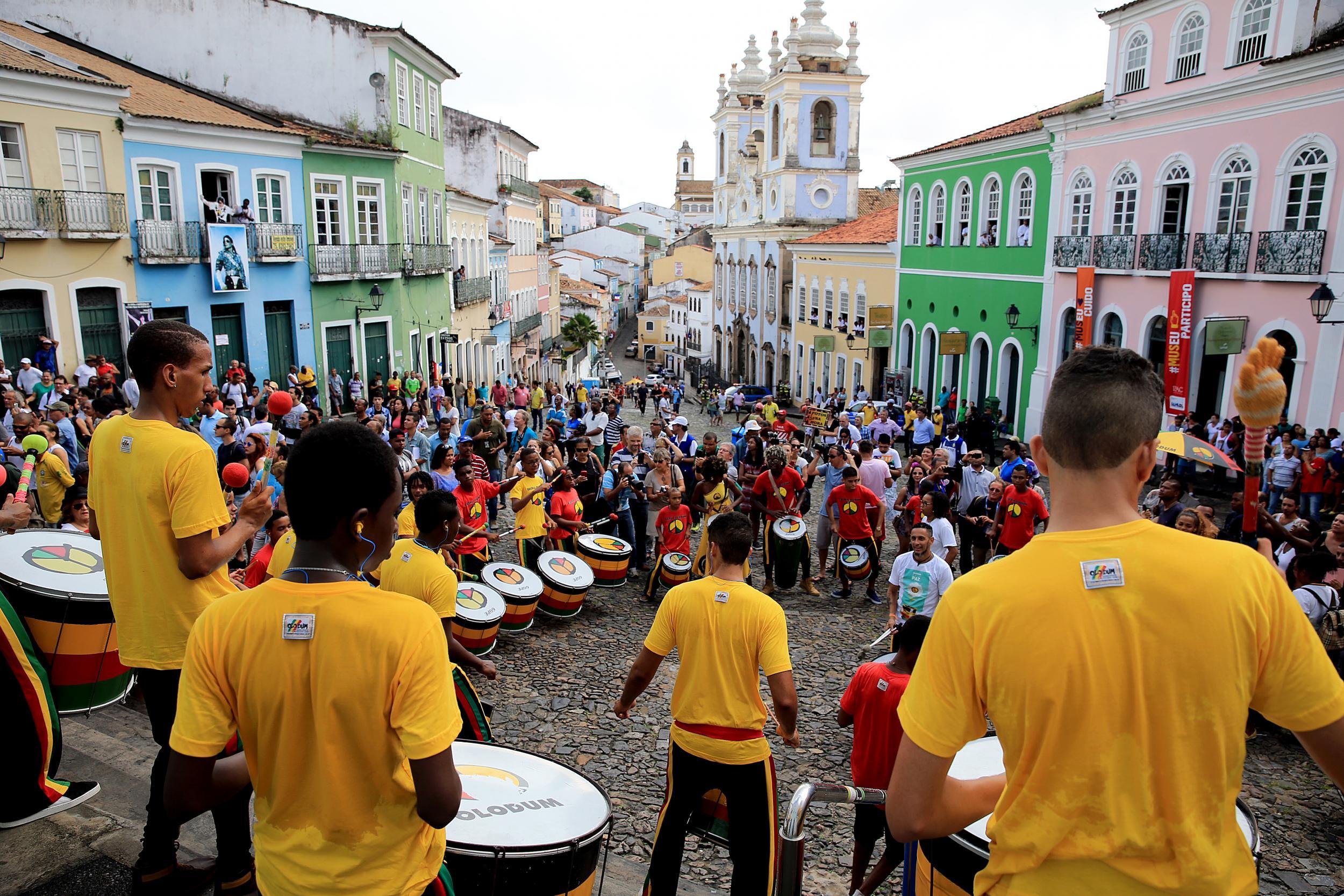
Rio de Janeiro has been the talk of 2016 thanks to the Olympics, but there’s far more to the world’s fifth-largest country than this city’s legendary surf, sand and street parties. Brazil has world-beating trekking, wildlife-spotting, beaches and cities to offer every type of traveller, way beyond the hedonistic throb of the 2016 Games’ host city. Here are five very different ways to see the best of South America’s biggest nation.
City: Salvador
What: While Rio is undoubtedly one of the world’s best-looking cities, the energy in Salvador – capital of the state of Bahia – is something else. Teetering at the edge of Brazil’s north-eastern tropical coastline, it’s known for being the epicentre of the country’s Afro-Brazilian culture – and the intriguing traditions that go with it. The streets are teeming with drumming troupes and capoeira performers (the highly entertaining mash-up of martial arts, dance and acrobatics), so every day here feels like a festival. That’s particularly true in the historic centre of Pelourinho, where a rainbow of colourful colonial houses competes with pulsing rhythms and capoeira circles for attention. The African-influenced food is standout, too. Don’t miss the likes of moqueca – salt water fish stewed in coconut milk – or acarajé, beans deep fried in palm oil and served with spicy shrimp paste.
When: Salvador is a year-round destination thanks to temperatures that rarely dip below the upper 20Cs. June and July can be wetter, but tend to be cheaper than the drier high season (December to March).
Get there: TAP Portugal flies to Salvador via Lisbon.
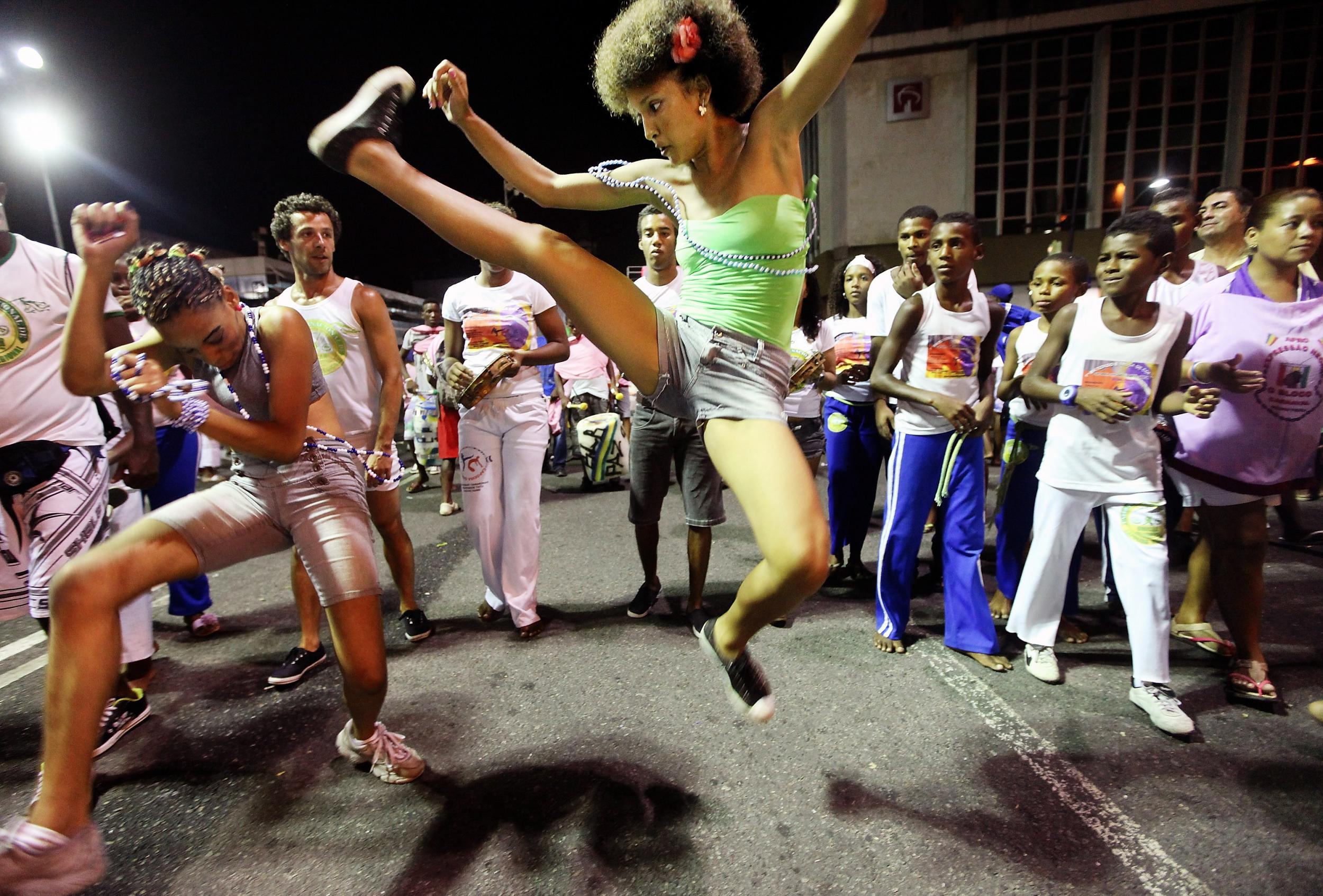
Coast: Jericoacoara
What: The Copacabana is Brazil’s most famous beach, but the under-visited north of the country might just have the best. A favourite of the relatively few tourists who make it up here is Jericoacoara, in the state of Ceará. This isolated little fishing village is 300km west of the nearest big city, Fortaleza, making it the sort of pristine idyll Alex Garland fans dream about – the locals are so protective of their back-to-basics charm, street lighting is forbidden here. However, though it is certainly quieter than any beach you’ll find in Rio, Jericoacoara isn’t exactly undiscovered. But there are advantages to that – namely, the plentiful Caipirinha stalls that ensure you won’t go empty-handed come sunset.
When: Between March and June promises the best weather and smallest crowds, as Brazilians tend to take their holidays around Christmas and Carnival (February to March).
Get there: TAP Portugal flies to Fortaleza via Lisbon.
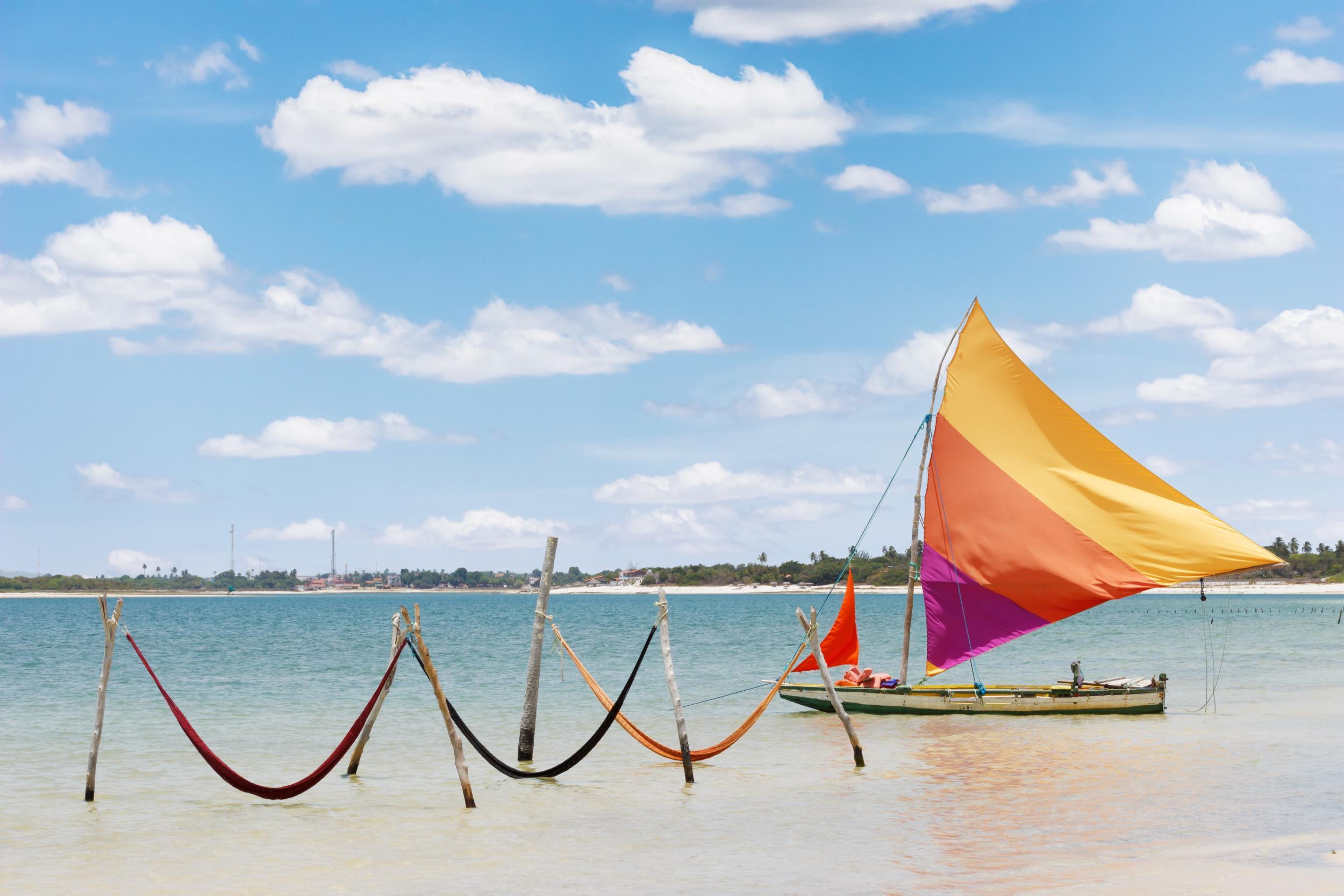
Mountains: Chapada Diamantina National Park
What: The Chapada Diamantina is often referred to as Brazil’s “Lost World”, and it’s easy to see why: a mountainous playground of caves, bluffs and jungle, it’s a largely untouched 376,000 acres of fun for intrepid hikers, potholers and, er, subterranean kayakers (various rivers flow underground here). The name, which means ‘Diamond Plateau’ in Portuguese, is derived from the fact that the area was a huge area for diamond mining in the mid-1800s; that was until the diamond boom in South Africa put a decisive end to that particular gold rush.
When: Adventuring – particularly trekking – is better suited to the drier months of March to October.
Get there: Probably the biggest reason this brilliant spot is so quiet is that it’s not too easy to get to – determined travellers who want to arrive here independently will need to take a six-hour bus from Salvador to the old mining town of Lençóis. This is basically base camp for Chapada Diamantina visitors, and with its cobbled streets and bright yellow houses, is rather lovely in itself.
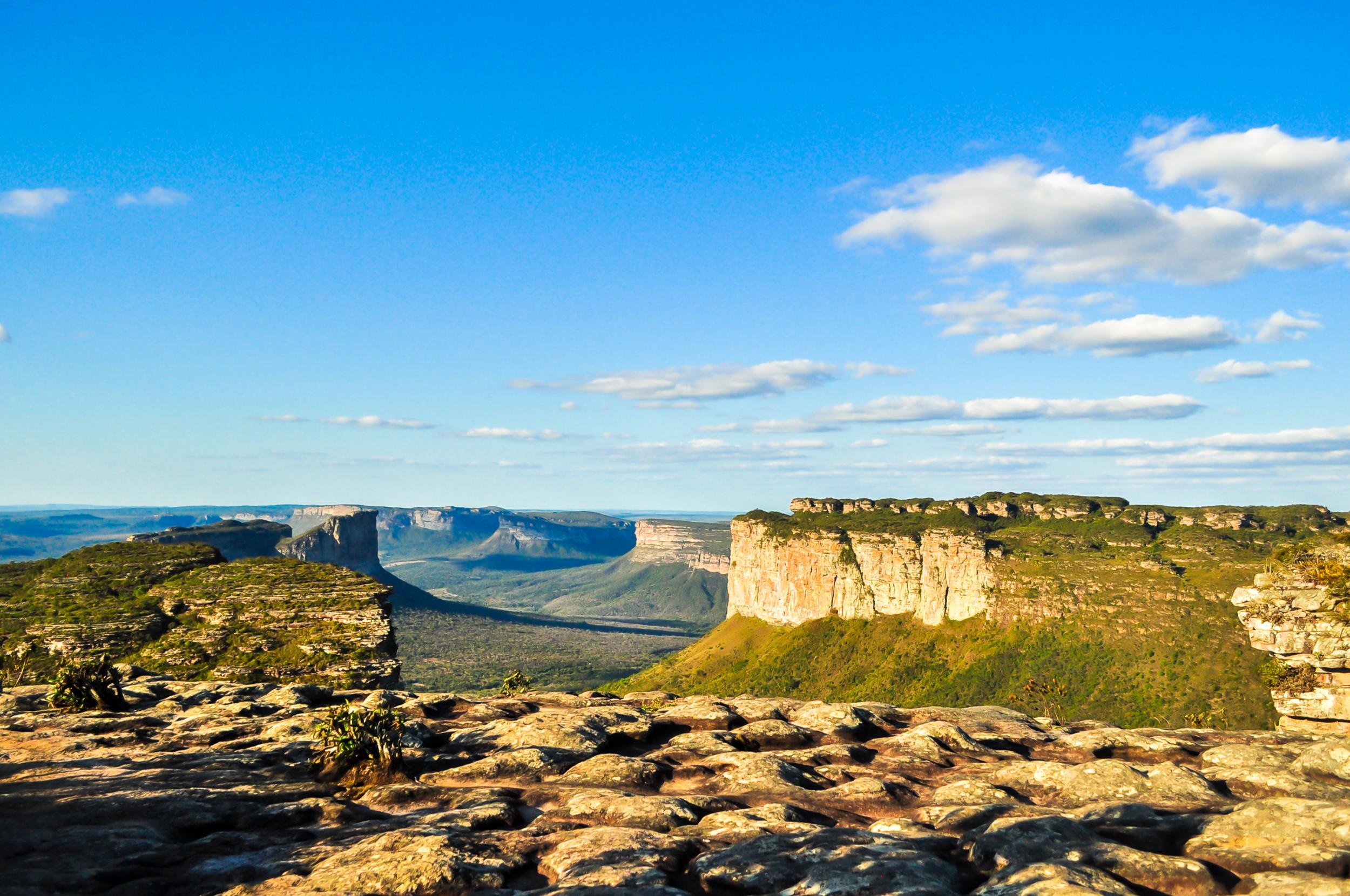
Jungle: The Amazon
What: With all the hype around Rio, it’s easy to forget Brazil has another world-renowned star attraction: the Amazon. Delving into its depths is a proper once-in-a-lifetime endeavour and gives a real feel for Brazil’s outrageous vastness – 60 per cent of the Amazon, the world’s largest tropical rainforest, is within Brazilian borders. Most trips into the jungle will involve day excursions from the “comfort” of a lodge, though there are also camping tours and even river cruises. The most popular jumping off point is big city Manaus, but you can also find more boutiquey tours starting from places like Piauí or Tefé. Try ticking off South America’s very own ‘Big Five’: jaguar, Brazilian tapir, giant anteater, maned wolf and giant river otter. (We choose not to think about the anacondas.)
When: May to June falls neatly between the wet season (February to April) and the scorching driest months (September to November).
Get there: There are various convoluted routes to Manaus (involving the likes of American Airlines, Iberia, KLM and Latam), but TAP Portugal via Lisbon is probably simplest.
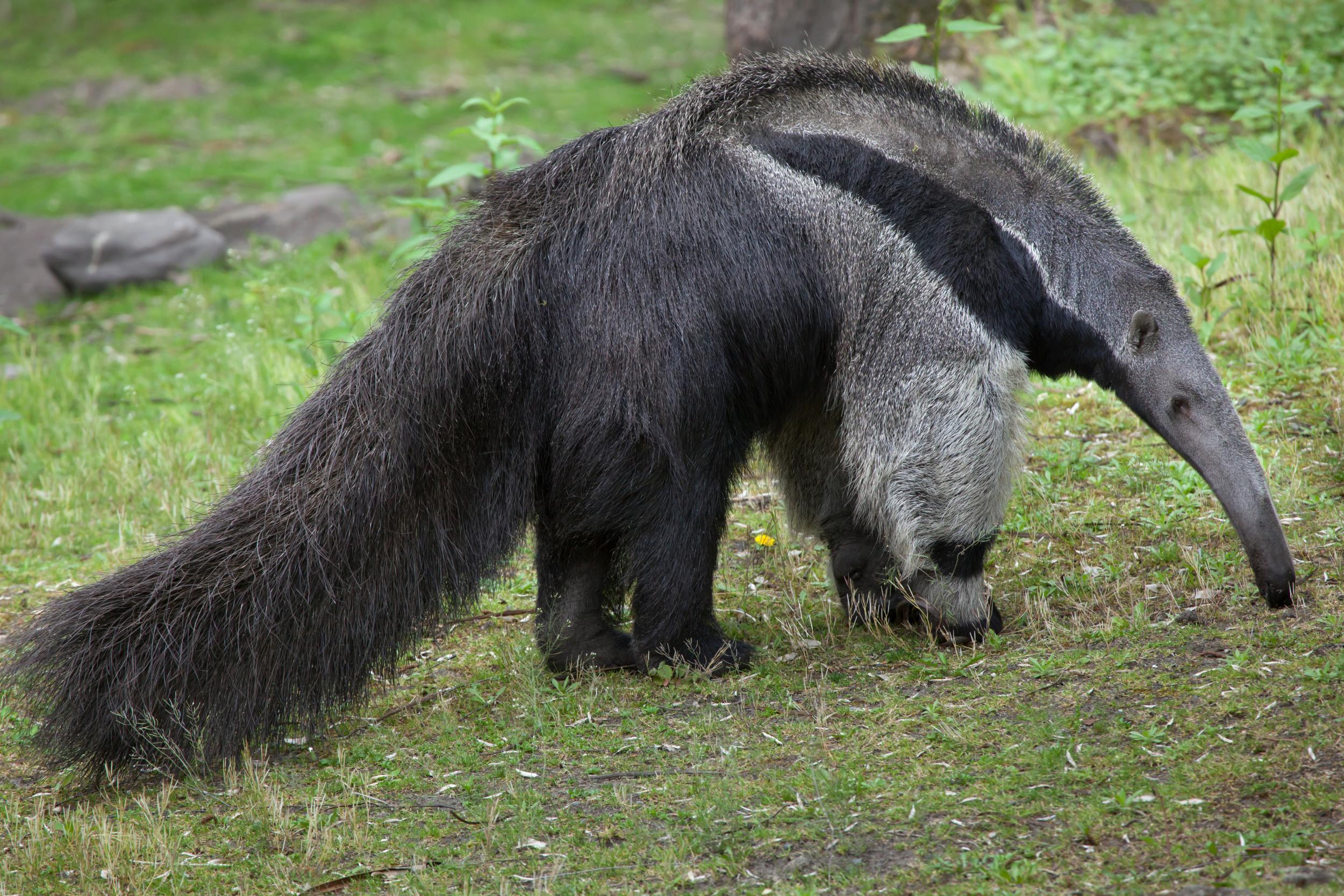
Wetlands: Pantanal
What: We’ve saved the best for last. Unesco World Heritage site the Pantanal is potentially the world’s most under-appreciated wonder – 70,000 square miles of tropical wetland (that’s 20 times the size of the Florida Everglades), where sightings of beasts ranging from jaguars to capybaras (the largest rodent in the world) are all but guaranteed. Lacking the thick foliage of the Amazon, spotting wildlife is much easier here, and visitors can do everything from pedalling mountain bikes along dirt roads to riding horses through flooded fields to get a look at it. The area was once home to a thriving cattle industry, so many disused ranches have now reopened as tourist lodges.
When: Dry season is May to September, and makes wildlife spotting easier – flooding can push big animals, like jaguar, deeper into wilder, inaccessible areas.
Get there: With few roads and no towns, this is a tough area to access. Visitors will need to fly to Corumbá (TAM Airlines flies here via São Paulo) and then fork out for either a land or a single engine plane transfer to their lodge (reserving ahead is essential).
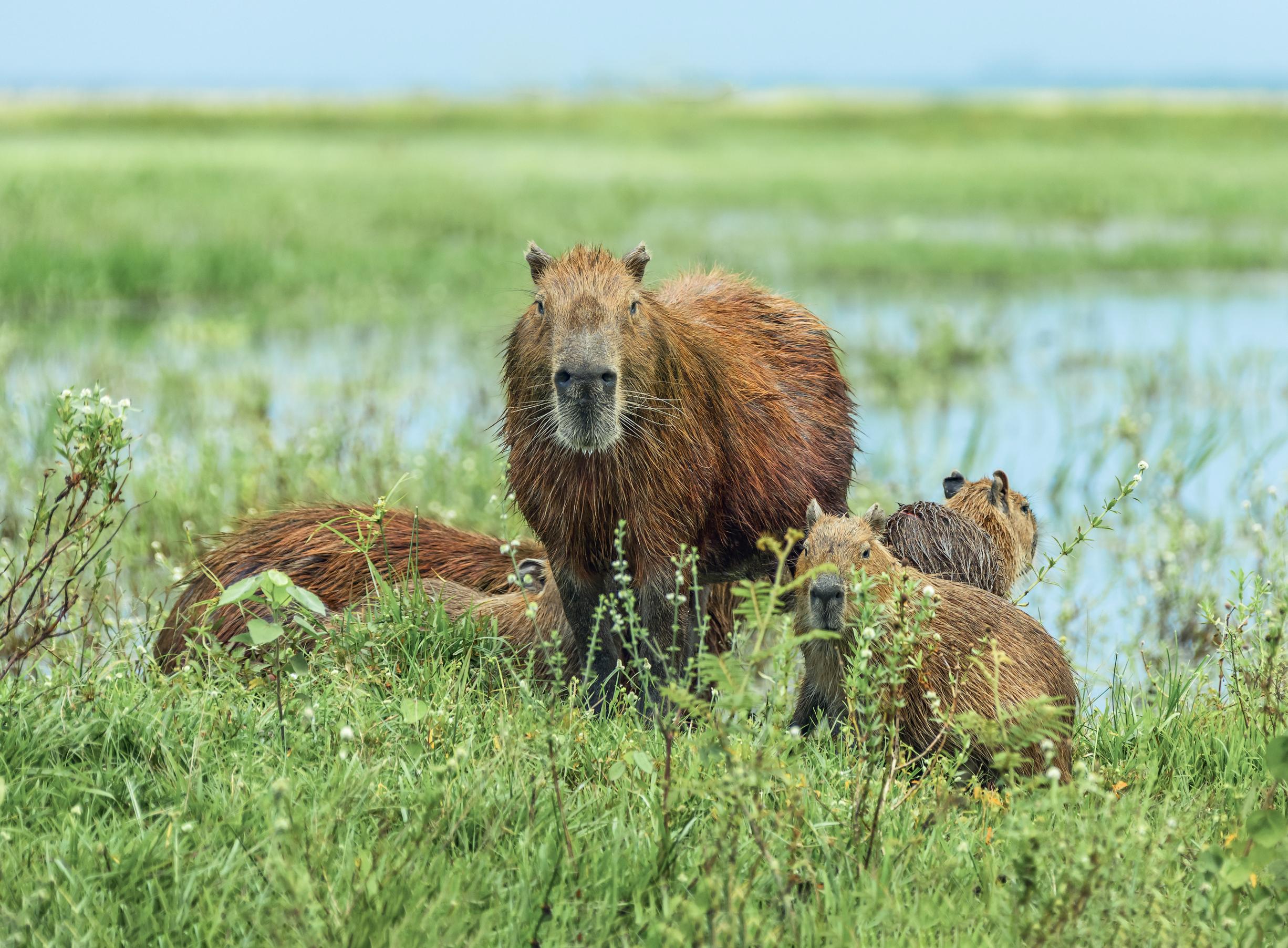
More information
Join our commenting forum
Join thought-provoking conversations, follow other Independent readers and see their replies
Comments
Bookmark popover
Removed from bookmarks